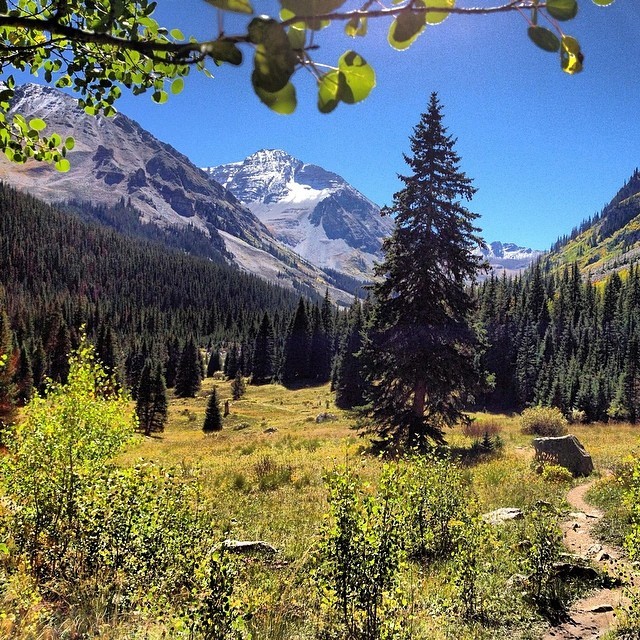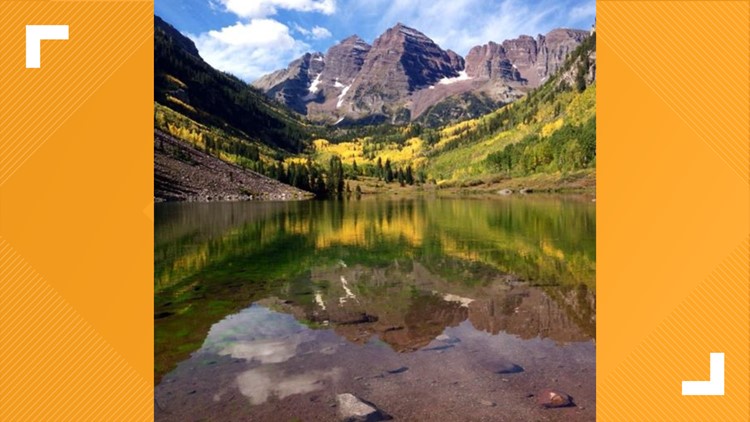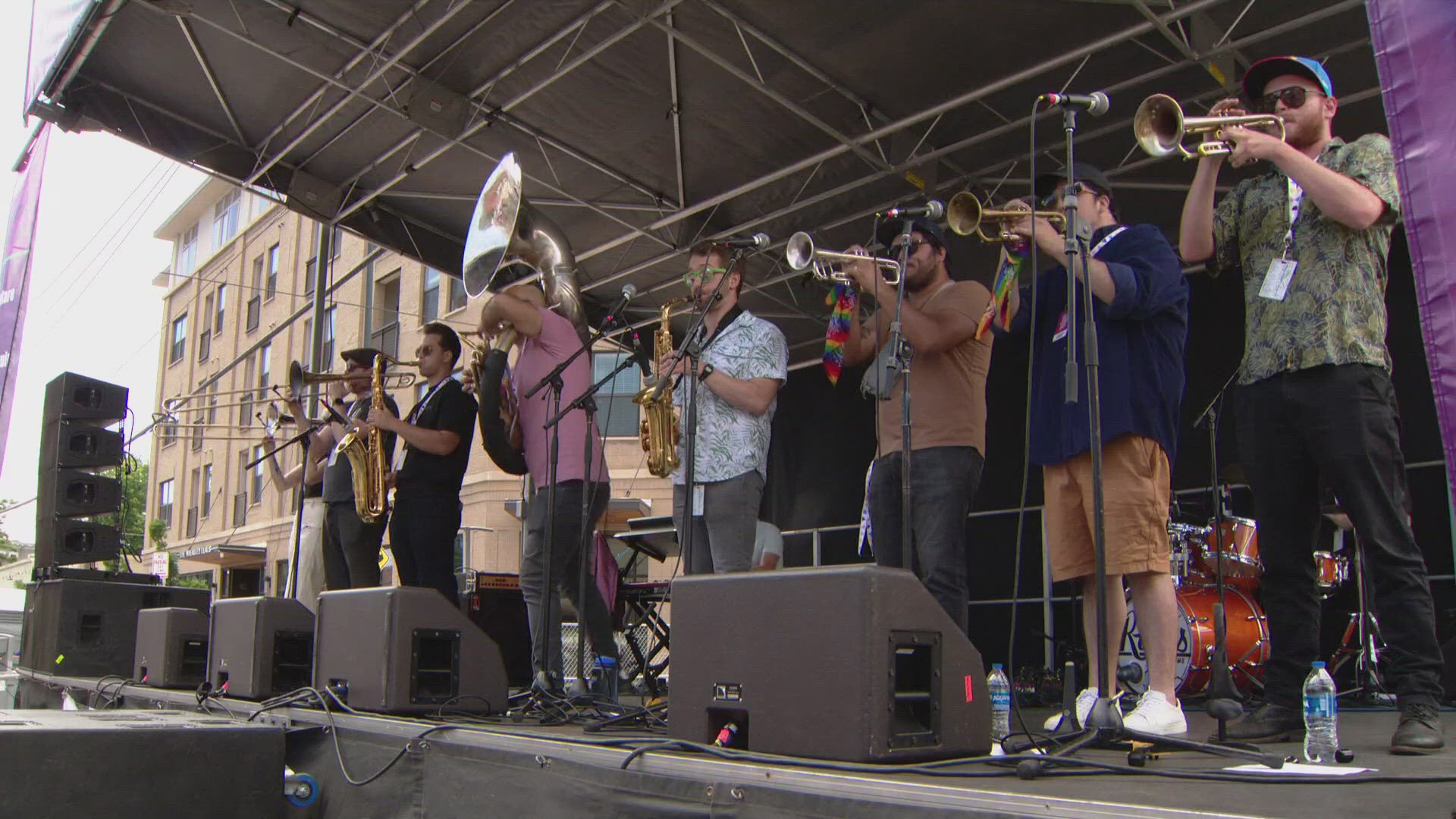Hundreds of pounds of trash, illegal campsites, exposed human waste and green trees cut down for campfires... one of the most iconic and photographed places in Colorado is exceeding its capacity for visitors and suffering severe consequences.
The Maroon Bells-Snowmass wilderness area, in the White River National Forest, has experienced a 285% increase in visitors between 2006 and 2015, specifically in Conundrum Hot Springs, Crater Lake and the 4 Pass Loop areas.
PHOTOS: Maroon Bells wilderness in Aspen could face visitor limits
At Maroon Bells alone, more than 300,000 eager visitors arrive each year to take photos, hike, and enjoy the pristine views.
17,000 campers spent the night in the area's wilderness in 2015: 5,400 of those stayed in the Conundrum Hot Springs area.
We've even profiled Conundrum Creek Trail as one of the best hikes in Colorado to try! Sadly, last year alone rangers packed out 163 pounds of human trash and you don't even want to know how much more, er, other human waste they removed or buried!
Spiking visitors have created several problems ecologically, but the most drastic impacts have been a result of the overnight visitors to the area, the USFS has determined.
An uptick in denuded bare soil, hard-pan soil, total loss of vegetation, campfire impacts, trash, and exposed human waste are of extreme concern.
All available firewood has been exhausted, leading some campers to the poor decision to cut down and use green trees and branches as a firewood source.
RELATED: Hikers could be loving Hanging Lake 'to death'
As a result, rangers put together an Overnight Visitor Use Management Plan for the 181,535 acres within the Maroon Bells Snowmass Wilderness (MBSW) in 2016.
The outcome of the draft decision as a result of the plan will be released on Thursday.
The MBSW spreads across Pitkin and Gunnison Counties, containing seven 14ers and 22 trailheads spreading more than 173 miles.
The plan, first released in November 2016, will, "guide the creation of an overnight visitor use management strategy to restore and preserve natural conditions by addressing the biophysical impacts that are occurring due to the increase of overnight use within the MBSW."
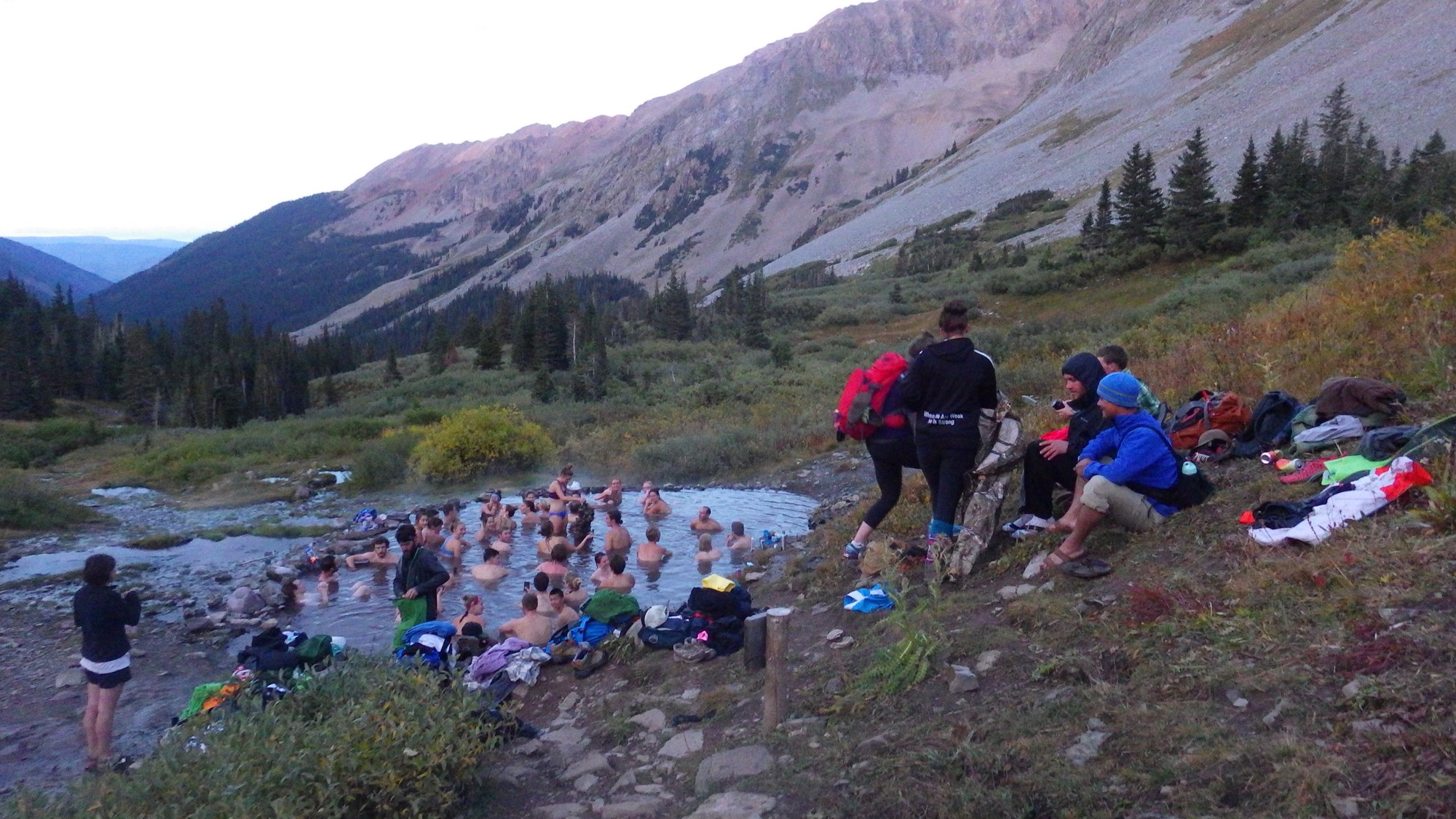
Essentially, the plan will define how many "groups at one time" (GAOT) may access and use the wilderness area overnight, based on how many camping zones and sites are available.
Over the past decades, peak crowds in the summer months have overcrowded available campsites, and visitors have spread their camping gear (and waste) into unauthorized areas, causing damage to trees and grasslands such as tree cutting/fire scars, trash, human waste, campsite hardening and proliferation.
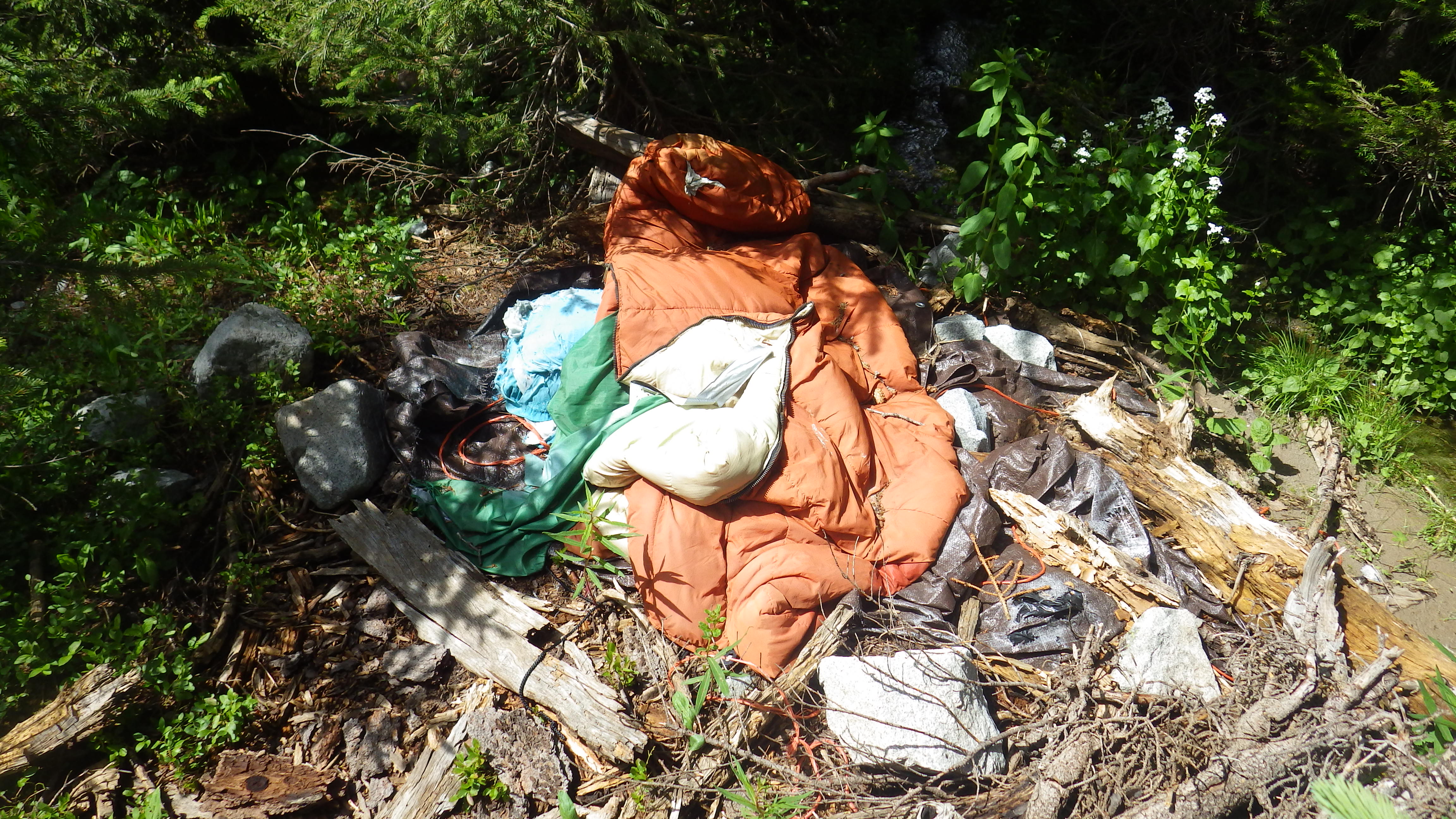
According to the Forest Service, from 2007 to 2015, overnight visitors on the ten most popular trails increased 115%.
The USFS conducted an inventory of campsites in 2010 and discovered 728 sites in an area the size of about 35 football fields (559,000 square feet).
More than half of those sites didn't meet the criteria established by forest rangers, meaning they were too close to system trails, lakes and streams.
From 2011 to 2015, rangers removed and naturalized 964 illegal campfire rings in the Maroon Bells-Snowmass forest area.
RELATED: How not to be a jerk on Colorado's trails
In 2014 and 2015, they also hauled out 1,101 pounds of trash and buried 512 instances of human waste.
That's gross.
Read the entire plan here.
Based on years of collected data, the GAOT plan would establish thresholds for the maximum number of groups allowed per zone of the wilderness area based on the number of available compliant campsites. Once that limit is triggered, management actions would be enacted.
About 30 GAOT "zones" are proposed in the plan.
For example, in the Conundrum Hot Springs area, the USFS has determined there are 22 existing, compliant campsites. The GAOT allocation for that zone is proposed at 20 sites. (the specifics are outlined for each zone in the report, we won't detail each one here).
The number of visitors in an area would be tallied by the existing wilderness registration system that requires all overnight visitors to register at trailheads prior to entering the wilderness.
RELATED: Also please don't be a jerk at Rocky Mountain National Park
Alternatives to visitor limits have been researched as early as 2002.
Public education campaigns were enacted, begging visitors to take care of public lands - all with little result. Studies continued from 2007 to 2015 on ways to help reduce the impacts on the land and wildlife from overuse.
A bear can requirement was added in 2015 and efforts have been made to designate sustainable campsites, which end up quickly overwhelmed with peak weekend use.
Free, voluntary-use human waste pack-out bads are supplied at two of the more heavily traveled trailheads.
Still, the damage continues.
Volunteer rangers patrol the area, speaking with hikers and campers for educational outreach.
Still, waste is left behind and fragile ecosystems damaged.
With Colorado's population only slated to rise in the coming years, rangers have decided more drastic measures are needed to limit visitors and reduce effects to the environment from overuse and misuse of lands.
The plan also discusses next steps, which could include a paid permit system.
The USFS' preliminary decisions based on a review of the 2016 plan will be released in a media conference call Thursday morning.

